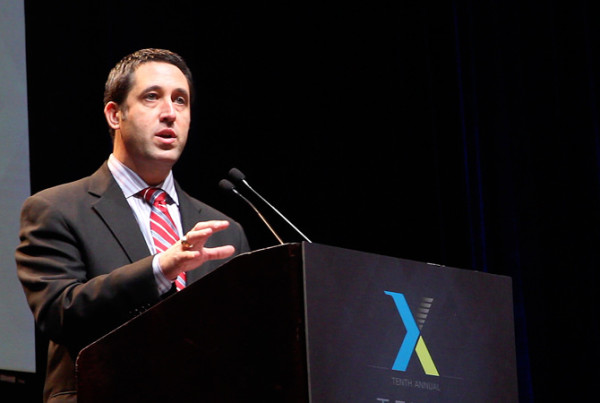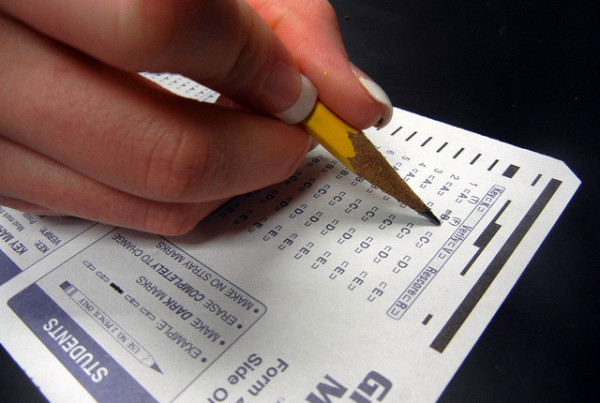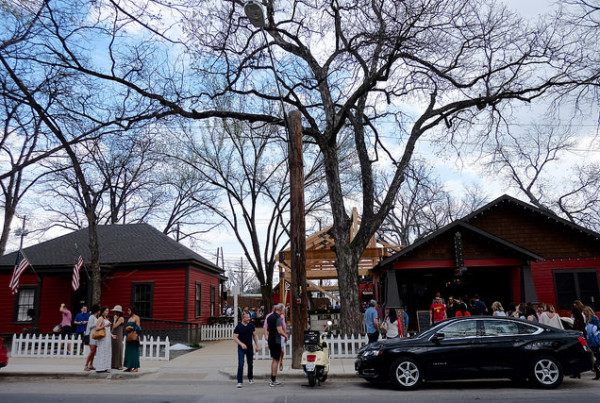“The Texas secession debate is getting kind of real,” says a recent Washington Post headline.
According to the national outlet, 22 of the 270 county GOP conventions in the state passed some kind resolution in favor of Texas independence this spring. Now there lies a possibility – albeit a small one – that Texas secession could be debated at the state GOP convention. The reality of a Texas secession is still speculative, but admittedly a interesting one to ponder: What would an independent Texas look like?
Walter Buenger, a professor of Texas history at Texas A&M University, says the catalyst – the breaking point where Texas would want to break it off – is hard to predict, but judging from the past Buenger says it would take a threat to social order. Texas seceded once before in 1861, with the beginning of the civil war.
“(Secession could come from threats to) white supremacy or patriarchy or something along those lines,” Buenger says. “Also, some sort of perceived economic threat – something like nationalizing the oil industry, something unlikely to happen. ”
In the case of secession, Gov. Greg Abbott might not become President Abbott. Buenger suspects Texas would instead have an election to determine that post. The state-turned-country would most likely imitate the U.S. Constitution and governmental structure as closely as possible, Buenger says, probably with some minor changes.
This post prepared for web by Beth Cortez-Neavel.
















